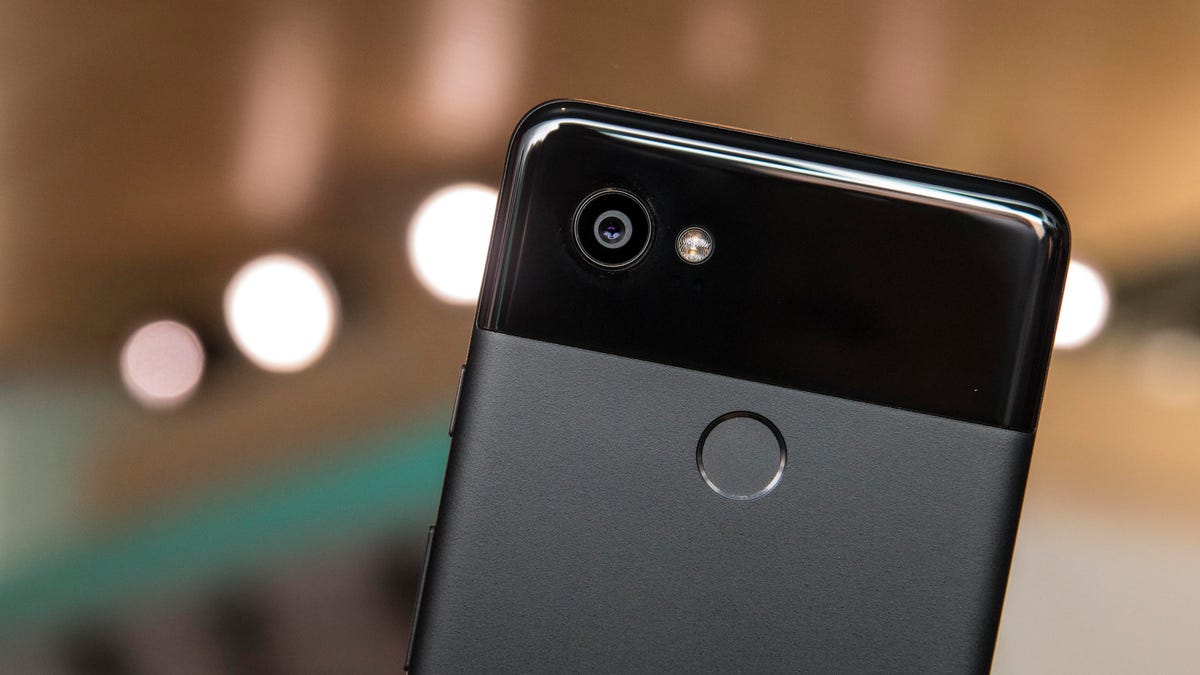Google says Pixel 2 is so good, it doesn’t need dual cameras
And here’s why.

At a time when every major smartphone maker has switched to a dual-camera setup for their highest-end phones, Google just did the opposite. Both the Pixel 2 and Pixel 2 XL phones use a single 12.2-megapixel lens on the back instead of two.
Why would Google, a company at the forefront of cutting-edge technology, retreat from the dual-camera trend? Well, it's all about the software.
Dual-camera arrays give phones the ability to produce cool-looking portraits that sharpen the subject, while blurring the background, often referred to as the bokeh effect. Google says the Pixel 2 and Pixel 2 XL can produce the same effect with just a single rear camera.
Here's how it's done:
- Google created an algorithm first identifies a face, and then spokes out from there to connect the face to a body, hair, anything that's part of the person.
- That sets the tone for what the Pixel 2 phones think should be in focus and what should fade to the blurry background.
- Google said it trained the algorithm on a million hand-selected photos.
There's a second piece of the puzzle, too. Pixel 2 phones use a dual-pixel design, which means that every pixel is split into two; there's a left and right sensor that capture a left and right photo.
If camera tech isn't your thing, it's a little confusing, but the gist is that the camera captures two lower-exposure photos and combines them to create a depth map that can distinguish the foreground from the background. Again, this is what a lot of phones use two camera lenses to do.
You can take artful self-portraits.
"[There's] nothing we're missing for that feature set with that camera," Mario Queiroz, Google's GM and VP of phones told a group of journalists during a briefing earlier this week. Since the Pixel 2 phones don't slap two large lenses side by side, Queiroz says Google took advantage of greater design freedom. For example, it could now give the Pixel 2 a larger battery than the phone might otherwise have.
More from Google's event
Front-facing camera gets in the game, too
The Pixels' 8-megapixel front-facing cameras get on the Bokeh train as well, joining Huawei's P10 , and the upcoming iPhone X .
While the main camera gets Google's depth map and face-training software, the selfie cam just relies on that face-identifying algorithm. Self-portraits are inherently more focused; the software assumes a face will pop into view. If there's no face, it won't trigger the blur effect.
Like the Galaxy Note 8 , the Pixel 2s will save two versions of any Portrait Mode photo: the depth effect shot and also the untouched picture. You'll be able to toggle between the two. As long as you're using any Pixel phone, Google throws in free, unlimited high-resolution photo storage.
For camera lovers, Google's 12.2-megapixel camera also picks up a new sensor, OIS (optical image stabilization) and a wider aperture (f/1.8). The camera update rounds out with a second type of auto-focus (phase-detection auto-focus) in addition to laser autofocus. Blending these two are designed to make the Pixels focus faster.
How well will Google's single-lens Pixel 2 phones stand up against dual-lens devices like the iPhone 8 and iPhone X, Samsung Galaxy Note 8, LG V30 and OnePlus 5 ? We won't know until we can test them side by side hopefully within a few weeks; it'll be an exciting shootout for sure.
Read everything you need to know about the Pixel 2 and Pixel 2 XL.

